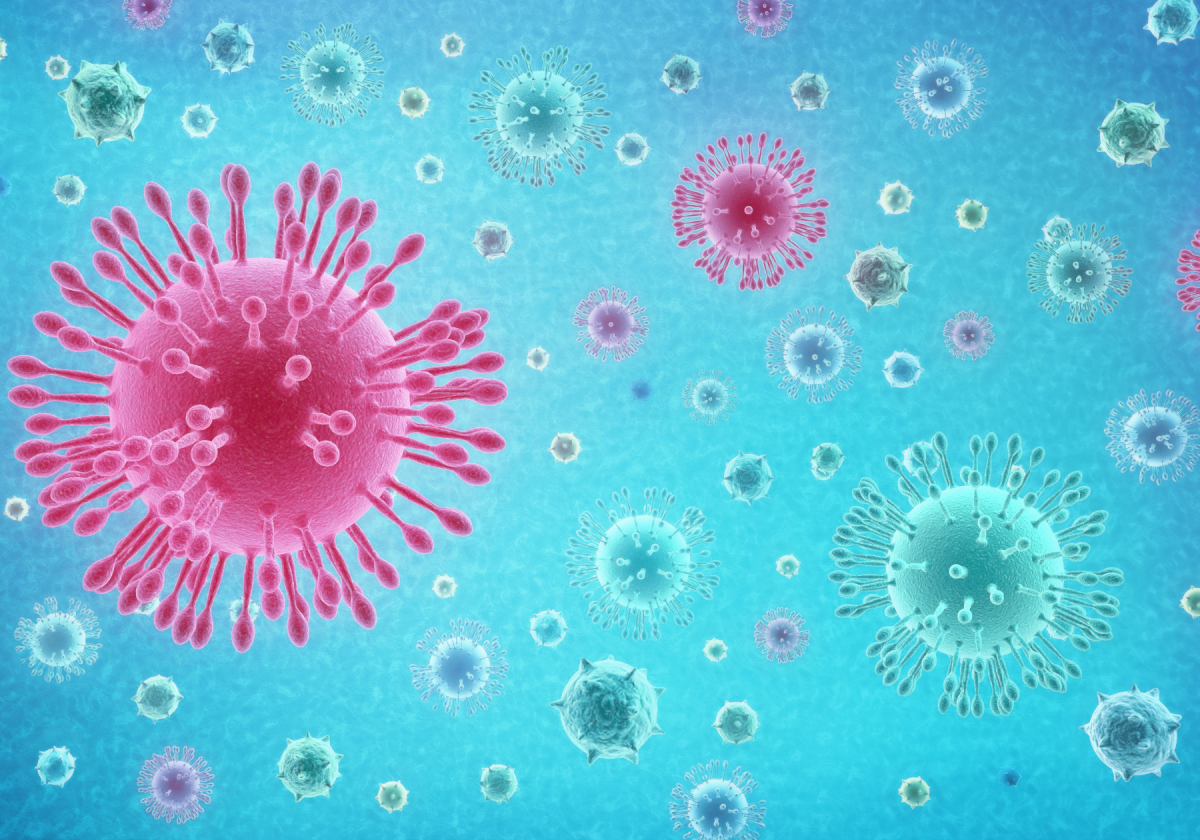IIT Guwahati collaboration: Great, to take statewise COVID-19 assessment

IIT Guwahati collaboration, Indian Institute of Technology Guwahati has tied up with Duke-NUS Medical School of Singapore to under take data-driven state wise assessment of COVID-19 situation in India.
The survey taken up by team created out of IIT Guwahati collaboration with Duke-NUS Medical School has used data science models to analyse and predict the total number of infected people for different states in India in the next 30 days.


They have interpreted the results jointly from all models rather than individually. The team comprised Dr. Palash Ghosh, Assistant Professor, Department of Mathematics, IIT Guwahati, and his Ph.D. scholar, Mr. Rik Ghosh and Dr. Bibhas Chakraborty, Associate Professor, Duke-NUS Medical School, Singapore.
 The report of the team formed through IIT Guwahati collaboration with Duke-NUS Medical School is is based on the growth of active cases in recent times, along with the daily infection-rate (DIR) values for each State.
The report of the team formed through IIT Guwahati collaboration with Duke-NUS Medical School is is based on the growth of active cases in recent times, along with the daily infection-rate (DIR) values for each State.
The team formed out of IIT Guwahati collaboration labeled a state as severe if a non-decreasing trend in DIR values is observed over the last two weeks along with a near exponential growth in active infected cases; as moderate if an almost decreasing trend in DIR values is observed over the last two weeks along with neither increasing nor decreasing growth in active infected cases; and as controlled if a decreasing trend in the last two weeks’ DIR values is observed along with a decreasing growth in active infected cases.

The team formed out of IIT Guwahati collaboration have found in their analysis that the logistic model under-predicts the next 30-day prediction, whereas the exponential model over-predicts the same, reflecting the worst-case scenario.
They argued that, despite the nation-wide lockdown, people are still out of home for essential businesses, which can contribute to the spreading of the virus.
The maximum value of DIR in the last two weeks can capture how severely the COVID-19 is spreading in recent times.

Note that the DIR value of 0.10 cannot be interpreted in a similar way for two different States, say, with 500 and 5000 active cases, respectively.
For the first State, we see 500 x 0.10 = 50 new cases and for the second State, we observe 5000 x 0.10 = 500 new cases.
In an attempt to capture these various subtleties in a realistic prediction, they propose a combination of the logistic and the exponential predictions using the maximum value of DIR over the last two weeks as a weighting factor.

Given the situation in entire India, the team formed out of IIT Guwahati collaboration recommends this composite prediction to be used for assessment purposes for each State.
States that are in severe category need to do much more in terms of the preventive measures immediately to combat the COVID-19 pandemic, says the study taken up by the team formed out of IIT Guwahati collaboration with Singapore based organisation.
Speaking more about the data-driven state-wise assessment of COVID-19 situation in India taken up by IIT Guwahati collaboration Dr. Palash Ghosh, Assistant Professor, Department of Mathematics, IIT Guwahati said India is a vast country with a geographic area of 3,287,240 square kilometres and a total population of about 1.3 billion.
‘Most of the Indian States are quite large in geographic area and population. While analyzing the novel coronavirus infection data, considering our entire country to be on the same page may not reveal the right picture.’

Read More – Most toughest exams of India
This is so because the first infection, new infection-rate, progression over time, and preventive measures taken by various State governments and the common public for each State are different.
We need to address each State separately. It will enable the government(s) to utilize the limited available resources optimally, he said.
IIT Guwahati director Professor T.G.Sitharam said a joint interpretation from several data science models is essential to have a better perspective about the current situation and the future prediction to control this pandemic.
The idea of State-wise analysis is a vital step for better management of the COVID-19 condition in India.
S Vishnu Sharmaa now works with collegechalo.com in the news team. His work involves writing articles related to the education sector in India with a keen focus on higher education issues. Journalism has always been a passion for him. He has more than 10 years of enriching experience with various media organizations like Eenadu, Webdunia, News Today, Infodea. He also has a strong interest in writing about defence and railway related issues.









